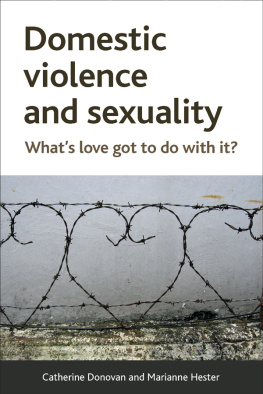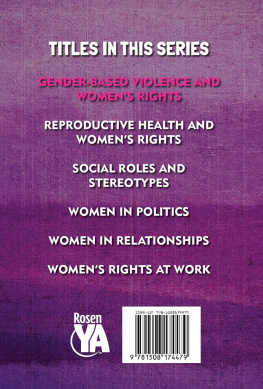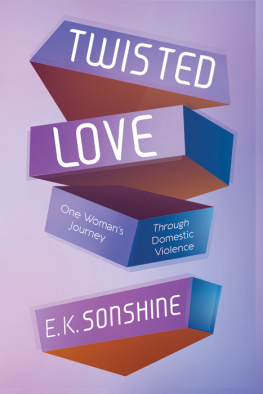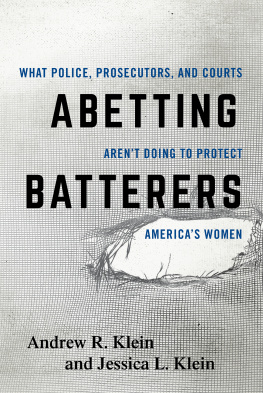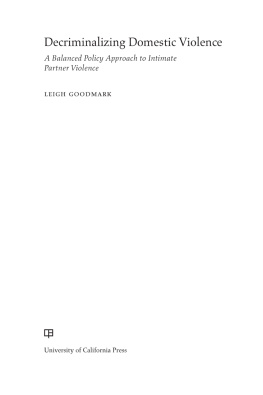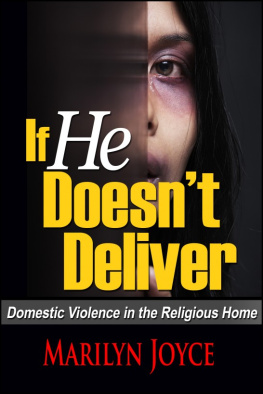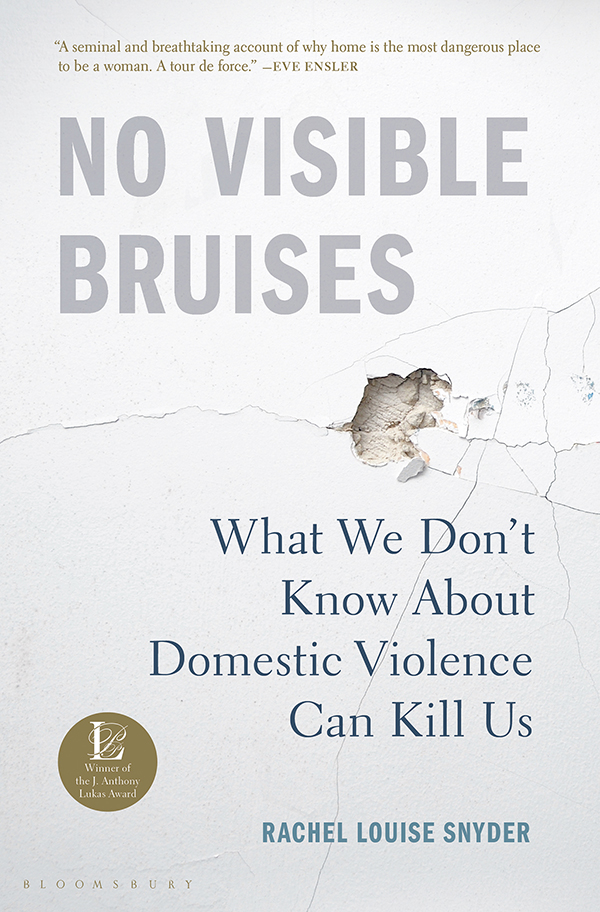Contents
Guide
Pagebreaks of the print version


For Barbara J. Snyder
BY THE SAME AUTHOR
What Weve Lost Is Nothing: A Novel
Fugitive Denim: A Moving Story of People and Pants in the Borderless World of Global Trade


CONTENTS
I drive my rental car from downtown Billings to a four-story house far outside of town, perched up on a hill, where the man inside can view anything that might come at him. Telescopic observation of the world outside: mountains, plains, escape routes to everywhere in Montana and beyond. The man Im here to see has avoided me for a long time. Passive avoidance. Ive come to Billings from my home in Washington, D.C., talked to his daughters, his ex-wife, caseworkers. Returned again. I know the town now. Some of the police, some of the prosecutors, advocates, hotel workers, and even the printer whose wife runs a basement museum dedicated to women. And now, finally, on this maybe my third visit, he has agreed to see me.
I talk to a lot of people who dont want to talk to me. People whove murdered their families, people whove nearly been murdered, people whove arrested those murderers, people whove grown up with people who nearly murdered them. Men like Paul Monson are always reluctant to talk, reluctant to voice the magnitude of what theyve lost, because what theyve lost skirts the very limit of their imaginations.
When I arrive I hear shuffling inside the house, and think for a moment that Paul wont answer, that hes changed his mind about the interview. Ive been in Billings for several days already; he knew I was coming. His ex-wife, Sally Sjaastad, has spent many hours with me, but could not get him to agree to meet me the first time she asked. Or the second or the third. Im surprised, frankly, that he agreed at all. The windowless front door is gray and full of dents.
Finally, the door opens. Paul barely looks at me. Hes a little hunched over, white hair receding, face drawn. He looks his age, early sixties. Paul opens the door wider, gestures me inside without meeting my gaze. He wears a blue shirt, buttoned up, jeans. Looks like hes clenching his jaw.
The house, which Paul built himself, has a just-moved-in feel to it. Not much decoration, opened boxes here and there in a couple of corners. A telescope points toward the carpet, like its resigned its mission. Mountains dominate the view outside. Paul is reserved, quiet, meticulous. We sit at his dining room table and he runs his fingers along the smooth edge, watching his own hands. The table is covered in piles of paper. I make an off-handed comment about my rental car, and it sets us on a safe course.
My father taught me about cars, how to change oil and tires, instructions on measuring fluids and swapping air filters. The mechanics of a piston. Basic stuff, but its enough. Paul is an electrical design technicianan engineer typeand so cars are a comfortable topic for him, the familiarity of the machine. An equation that adds upwires atop plugs create a spark, which fires an engine. Theyre predictable. Fixable. Something goes wrong, its a mystery that can be solved. I let him talk. He tells me he bought all of his daughters their first cars. Alyssas was a Honda Civic. Michelles a white Subaru. He says Melanie is kind of a car eater, so hes bought her several. He knows were not yet talking of the thing I came to talk about, and I can feel the tension in the room, palpable as humidity.
Rocky was into cars, too. Paul remembers Rockys first car, a little green thing. An Opel, he thinks. Rocky was his son-in-law, married to his middle daughter, Michelle. The first memory I have of him is pulling up to my curb, Paul says, to come and see Michelle. The car first, then the man. Later, Paul would get the impression Rocky spent half his time working on a Mustang. He had one he was building, and the other one was a parts car, Paul says. That was his interest and it looked like to me that he spent a lot of time in the garage by himself.
Paul says he and Rocky never really bonded like a typical father and son-in-law. For nearly a decade Michelle and Rocky were together, but Paul can only remember having one conversation with Rocky, about that Mustang. Rocky had once asked Pauls advice on paint color. Whites the way to go if you dont really know what youre doing, Paul tells me. The most forgiving of colors. You can screw up with white and the result will still be decent. Whites a color all by itself, he says.
In November of 2001, Rocky Mosure bought a gun from the Thrifty Nickel , the classified paper where you can buy everything from a ferret to a tractor to a piano. Then he went home, where Michelle had just fed the kids dinner. A neighbor saw Rocky peering in the windows. Sometime after, one by one, he shot them. Michelle, Kristy, Kyle. Then himself.
It was a case that shocked the entire state. Michelle was young, twenty-three, her kids six and seven. In first and second grade. Learning to read. Drawing stick people and lollipop trees. Paul found Kyle slumped on the stairs, Rocky at the bottom, his face all twisted, scribblings on his arms in what looked like Magic Marker. Michelles car was there, and for a few minutes, Paul thought maybe she was alive. He ran to the backyard, then the garage. He saw Rockys Mustangs. A bag of family videos. Then the police came. And they found Michelle.
Id arrived at Paul Monsons house as most journalists arrive at their most pivotal stories: through a tangled series of people and geographies and years of research. In the summer of 2010, Id been standing on my friend Andre Dubuss driveway in New England when his sister, Suzanne, drove up. She and the rest of the family were all going on a holiday. The next few hours would turn out to chart the following decade of my life.
Less than a year earlier, I had returned to the States after living and traveling abroad on and off, most recently in sex trafficking, ongoing violence, political corruption. Once, while I was walking my dog in a local park, a moto taxi driver who knew me from our shared neighborhood sped up beside me, tossed me across the seat behind him, balancing my dog in my lap, and zoomed away from Hun Sen Park as fast as he could. A man had been shot seconds earlier just fifteen feet away from where Id been walking, and Sophal, the moto driver, had taken it upon himself to get to me to safety. Another time (again with my dog), a man set himself on fire in that same park, and I froze in panic, watching him burn. My friend Mia, who also lived in Phnom Penh, used to say that she sometimes felt we were living on the front lines of humanity.
In the United States, it wasnt that there were no problemspoverty, disease, and natural disasters all happened here, toobut Id forgotten how possible it was to live where, if you had the desire and the means, you could fairly easily insulate yourself from a lot of these problems. And my new life insulated me from the kinds of issues and stories Id covered for decades in a way I hadnt anticipated. I wasnt unhappy. Just restless. Id studied fiction in graduate school, but gravitated toward nonfiction soon after because I understood almost immediately that nonfiction was a more direct source of change. I was pulled toward hidden corners of the world, to disenfranchised people, because I knew in some small measure what it felt like to be an unseen, unheard person, what it felt like to grieve beyond what you thought your body could absorb.


